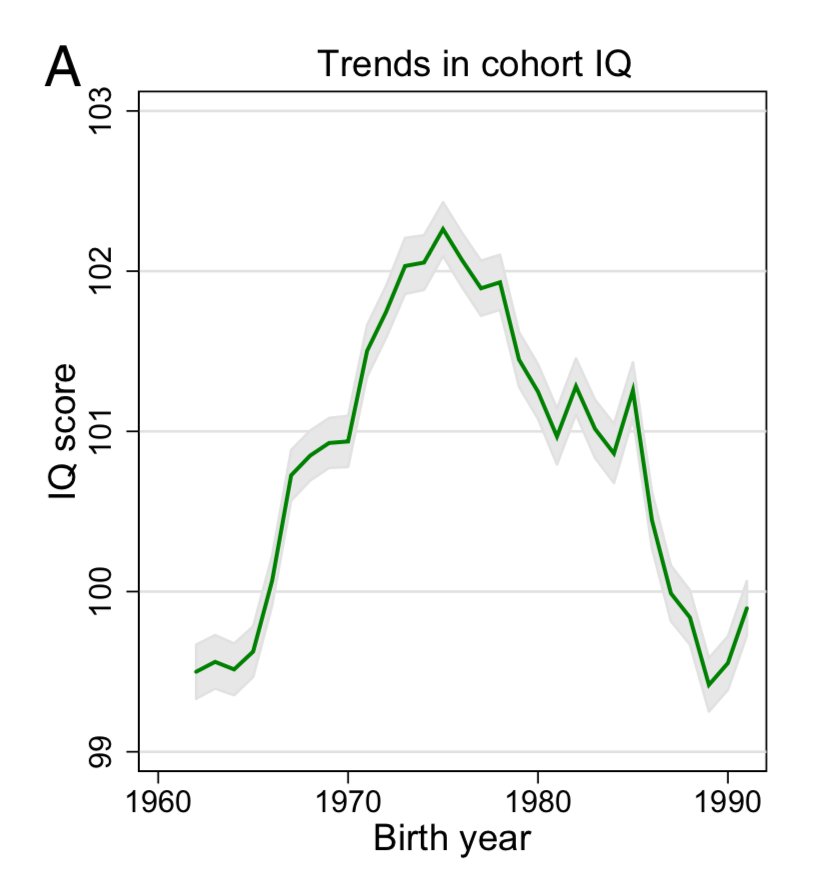When most people think of business, they think of people buying and selling, making something, and selling it or maybe selling a service. The old adage of buy low and sell high is still the basic idea of business. Rich people, however, like the people who currently rule over us, do not think about any of that stuff when they hatch a business scheme. Instead, they think about how they can shift the cost of doing business onto the public or some unsuspecting suckers, like the American taxpayer. It is how rich people do business.
This is not a new idea. Cost shifting was an integral part of the Industrial Revolution. The factory owner was not covering the full cost of his labor, for example, because he did not have to cover the cost of workplace health a safety. Building a bridge was a lot cheaper, because the cost of worker deaths was not the responsibility of the builder. No one thought about the costs of environmental degradation in the 19th century, so companies were free to dump poison into rivers and pump pollutants into the atmosphere.
It is reasonable to argue that the great fortunes made during the Industrial Revolution, at least in America, were made in large part from cost shifting. After all, it was not just the direct costs like labor, which were shifted onto the public. Once a man got rich, he could afford to buy politicians, who would pass laws giving the rich business owners leverage over their smaller competitors. It is not an accident that those great fortunes were created early in the industrial age, and none were created in later stages.
The political class in the early 20th century was still strong enough to push back against the industrial barons. It became politically popular to push through trust busting to weaken the industrialist. Then it became popular to push through reforms and allow unions to organize labor. Conservative proselytizing against these policies over the decades has obscured the fact that much of it was an effort to push those private costs back into private hands. The end of the industrial age corresponded with the end of cost shifting.
Today, cost shifting is everywhere in the economy. Tech companies have exploited public utilities, like the internet, to provide media services, without having to pay distribution costs. Amazon built its business, in part, on not having to collect sales taxes like every other retailer in America. Currently, their shipping costs are subsidized by the US Postal Service which loses billions every year. Then there are the many rackets that rely on government subsidies. Higher education is just one big upper middle-class subsidy.
The biggest cost shifting racket today is the use of imported labor. Recruiting, hiring, and training Americans is expensive because America is a first world society. Citizens expect first world working conditions. That makes it hard to shift labor costs onto the public, so companies prefer foreign labor. That way, they can pay lower wages and they avoid having to deal with employees who know their rights or have ideas about forming a union. Plus, foreign workers do not sue for things like discrimination or poor safety conditions.
There is a cost to this sort of predatory labor system, but those costs are shifted to the public in the form of depressed wages and high social costs. The migrants in every hospital emergency room are not having their bills picked up by their employer. When Pablo decides to get drunk and drive over an American, his employer is not paying the victim’s family or covering the cost of Pablo’s incarceration. The fact is, there is nothing more expensive to a society than cheap labor, it is just hidden from public view.
The question though is whether it is possible to get rich in a mature economy without massive cost shifting. No great fortunes were amassed from the end of World War Two until the technological revolution. That was a period when business costs were shifted back onto business. The tech revolution made it possible to get around the regulations and laws, because the government never anticipated a digital economy. That is starting to change just as the technological revolution is winding down and the public is pushing back.
Take a look at the newspaper business. Prior to the digital age newspapers could be run profitably, but they had high labor and capital costs. In theory, the digital age offered the chance to slash those costs. The internet does not require printing presses and delivery trucks. But the internet also slashed their revenue stream. All those ad dollars are now on eBay, Monster and so forth. Newspapers, without monopoly power and with no ability to shift their costs to the public, are all losing money and headed for extinction.
That does not mean it is impossible to turn a profit without cost shifting, but it does suggest it is impossible to get rich without it. At least not billionaire rich. That would certainly explain the fanatical commitment to migrant labor by American business. It also explains the increasingly opaque financial system. It is not so much about reducing costs as hiding them in the costs of other goods and services, like taxes and health care. It is a lot easier and profitable than trying to make a better product or become more efficient.


